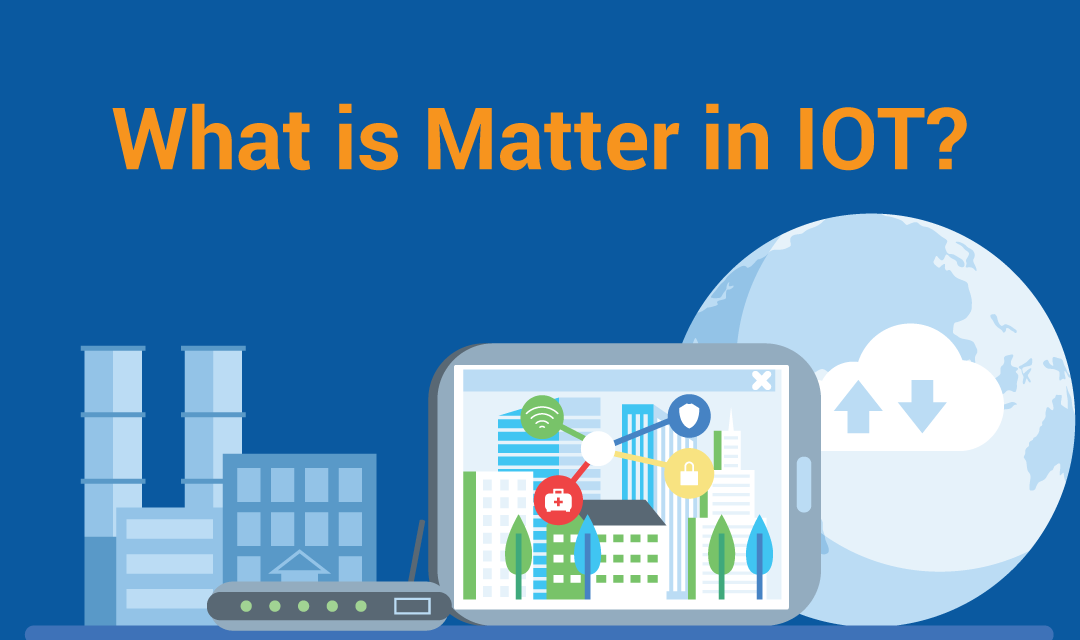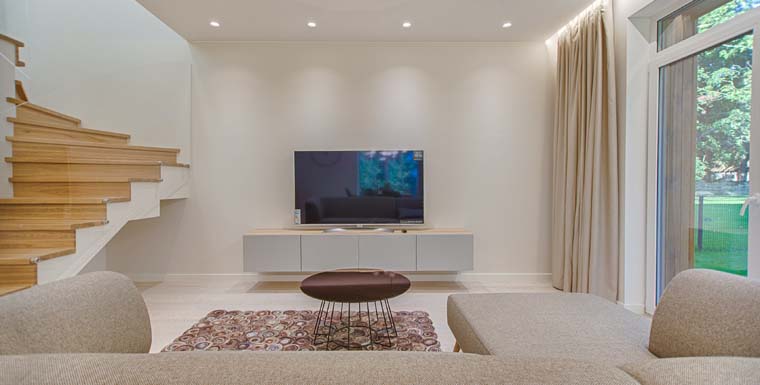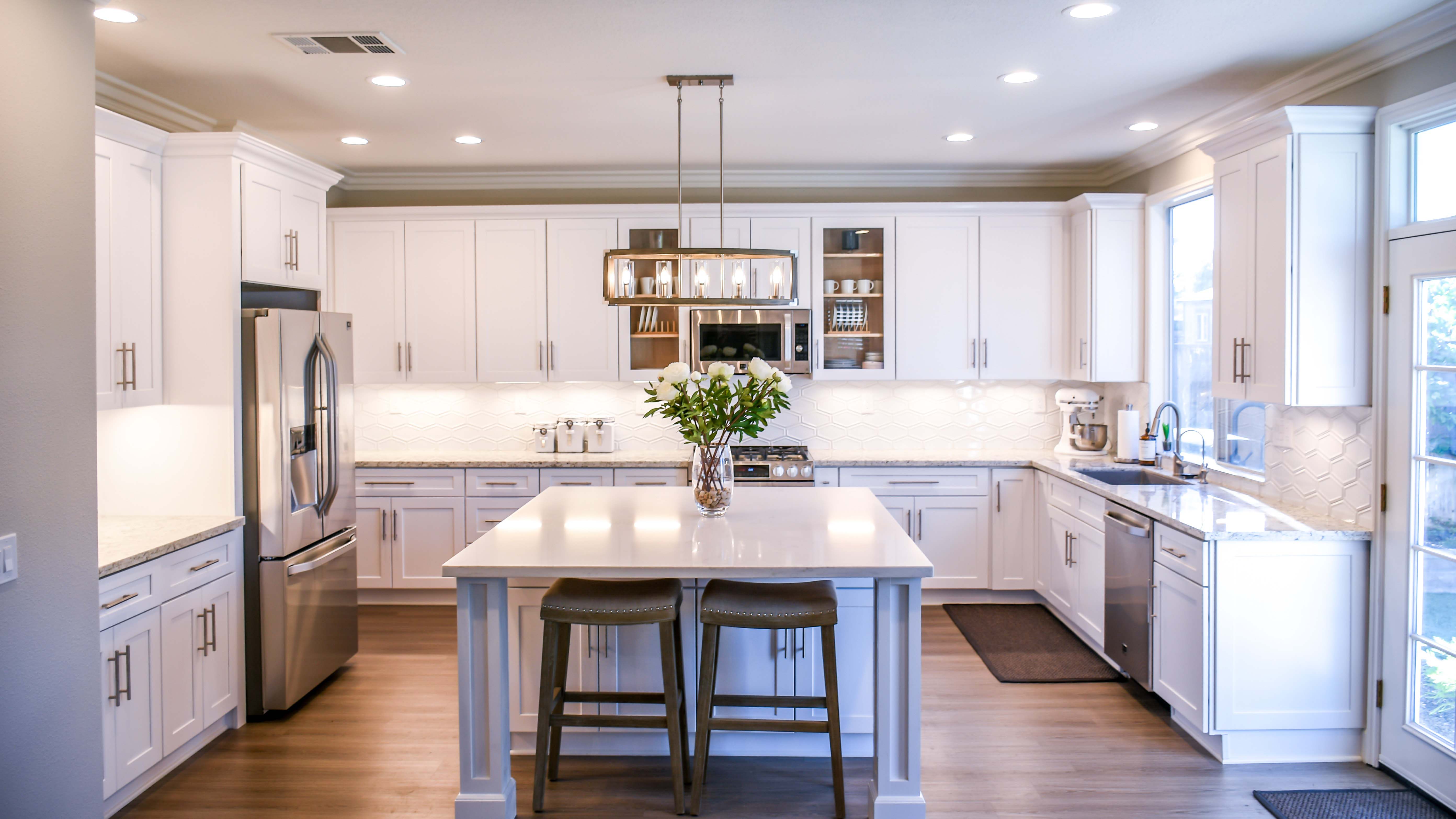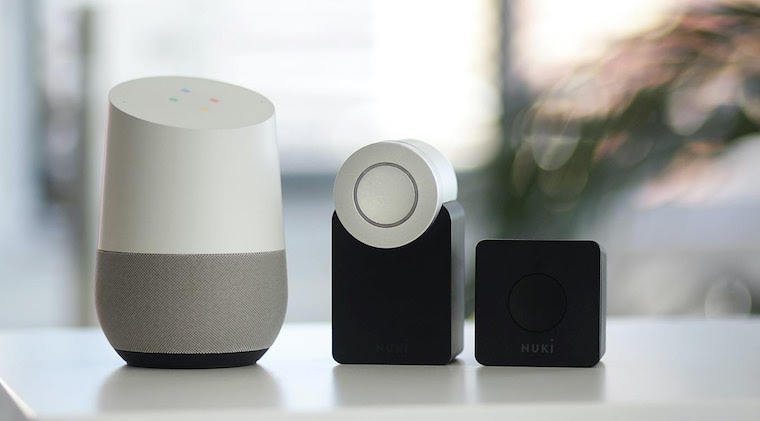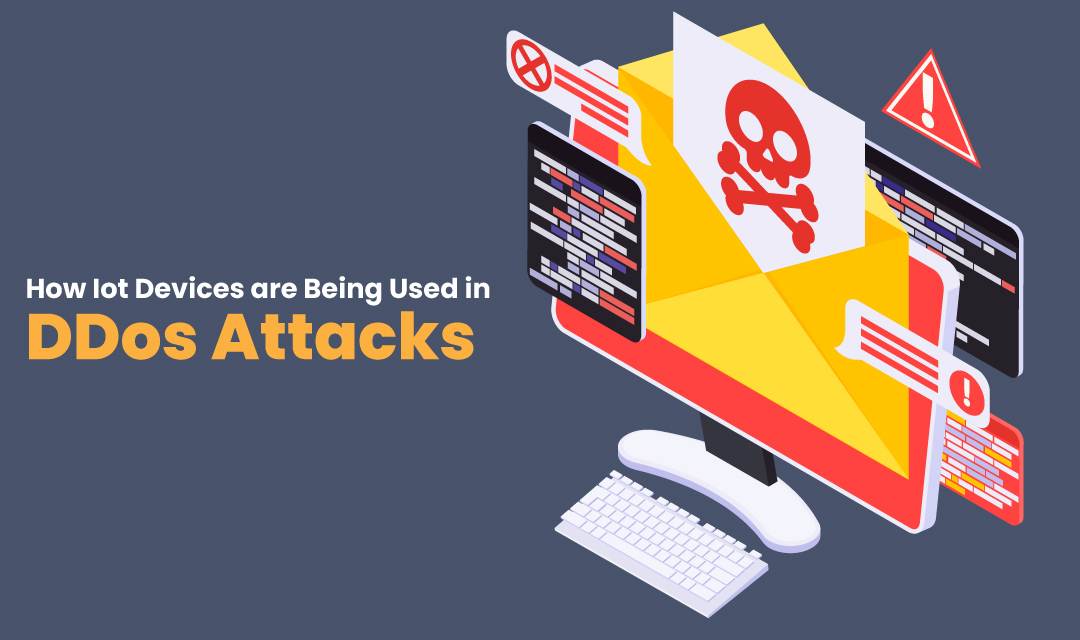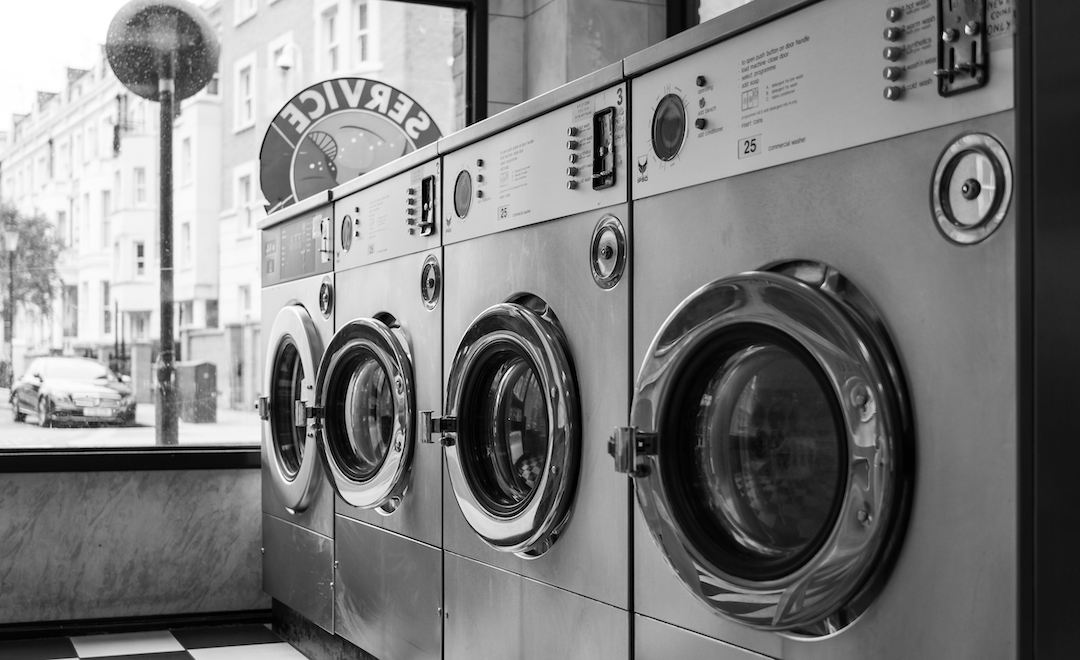
In the contemporary era, the domestic landscape is witnessing a remarkable transformation, especially within the confines of the laundry room. The task of washing clothes, historically seen as a tedious and physically demanding chore, has been dramatically reshaped by technological advancements. The crux of this revolution lies in the seamless integration of computer technology into household appliances, marking a pivotal shift in our approach to daily tasks.


